Exploring Beamforming Directivity in mmWave Communication: Fundamentals with Prof. Emil Björnson's Insightful Video series
POSTED ON July 20, 2023 BY TMYTEK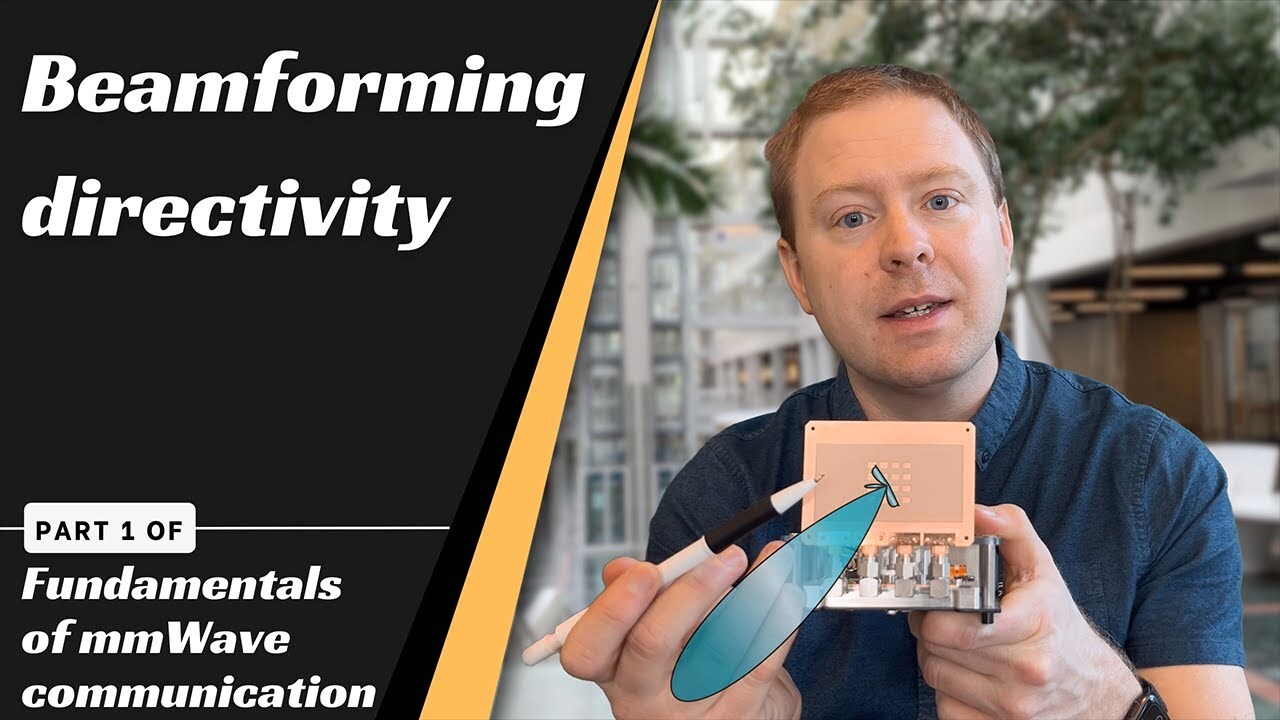 ➭ Watch this video here.
➭ Watch this video here.Key Takeaways:
● Beamforming directivity is crucial for reliable mmWave communication in 5G networks
● Beamforming focuses signals in a specific direction, enhancing signal strength and reducing interference
● The experimental setup with the TMYTEK Developer Kit demonstrates the principles of beamforming and the importance of amplification
● Activating more antenna inputs increases directivity and transmitted power, resulting in higher received power
● Beamforming and directivity enable focused and high-power transmissions in mmWave communication
Intro:
The advent of 5G technology has ushered in a new era of wireless communication, with mmWave frequencies playing a pivotal role. These high-frequency bands provide vast bandwidth for faster data rates, but they also pose unique challenges such as limited coverage and sensitivity to obstacles. Beamforming directivity addresses these challenges by focusing the transmitted signals in a specific direction, overcoming signal attenuation and ensuring reliable communication. In the first video episode by Prof. Emil Björnson, we dive into the fundamentals of beamforming directivity, exploring its significance in the context of mmWave communication and its vital role in 5G networks. Join us as we uncover how beamforming and array antennas revolutionize mmWave communication and gain valuable insights from Prof. Björnson's expertise.
Beamforming Directivity and Gain
Beamforming directivity is the nature of an array antenna which enables the transmission of signals in a specific direction, enhancing signal strength and reducing interference. Beamforming refers to the process of combining multiple antenna elements to form a focused beam, or high directivity of radio waves. In mmWave communication, beamforming is crucial for both base stations and user devices, ensuring robust and high-performance connectivity in 5G FR2 networks. In this episode, Prof. Björnson elaborates that the use of multiple antennas increases the directivity and showcases a 16-element antenna to deliver a 12 dB directivity gain (16=24, 43 dB=12 dB). Considering the patch antenna gain is 3 dBi, the total array antenna gain is 3 dBi + 12 dB = 15 dBi. By sending signals or delayed versions of the same signal from different inputs, the directivity of the transmitted signal in the horizontal plane can be controlled. The video also demonstrates how the transmitted signal becomes more direct and focused on the receiver as more inputs are activated. Image 1: The 16-element antenna (screenshot from Prof. Björnson’s video)
Image 1: The 16-element antenna (screenshot from Prof. Björnson’s video)
Setting up the Experiment
Professor Björnson uses the TMYTEK Developer Kit to demonstrate beamforming and directivity principles. This kit includes a 16-element millimeter-wave beamfomer, which operates at 26.5-29.5 GHz in the n257 band, to produce a stronger, and more focused signal than isotropic antennas. The experimental setup includes essential RF components such as a signal generator, beamforming unit, power amplifiers, and a power detector.
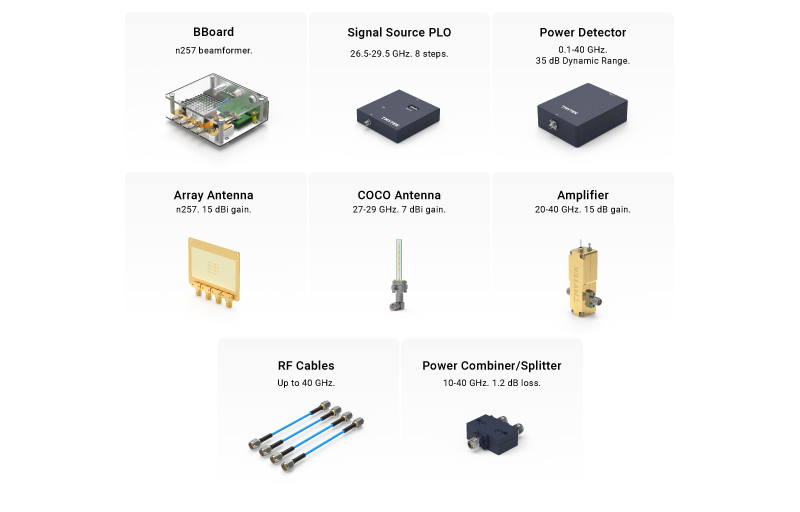 Image 2: Contents of the TMYTEK Developer Kit which Prof. Björnson utilized this video
Image 2: Contents of the TMYTEK Developer Kit which Prof. Björnson utilized this video➭ Related Video: Developer Kit Open Box.
Link Budget
The video discusses the signal path and power losses at different stages, highlighting the need for amplification to ensure sufficient signal strength at the receiver.
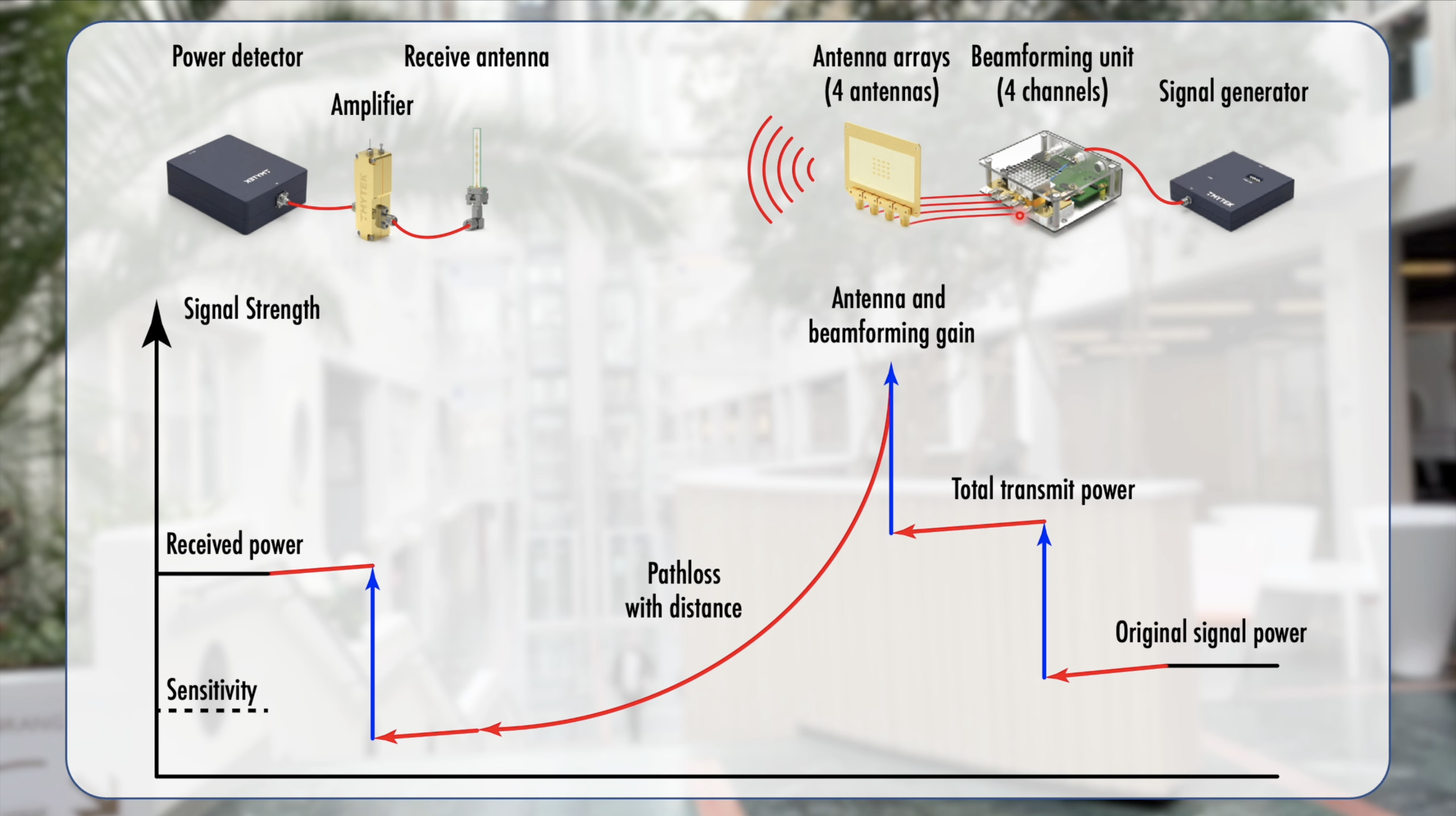 Image 3: Signal flow diagram illustrating the transmission and reception process. The Signal Generator generates a sinusoidal signal at 26.5 GHz, which is then processed by the Beamforming Unit. Power Amplifiers amplify the signals before they are transmitted from the Antenna Array. The signals travel over-the-air and 30 centimeters away to the Receive Antenna, where they are amplified and measured by the Power Detector (screenshot from Prof. Björnson’s video)
Image 3: Signal flow diagram illustrating the transmission and reception process. The Signal Generator generates a sinusoidal signal at 26.5 GHz, which is then processed by the Beamforming Unit. Power Amplifiers amplify the signals before they are transmitted from the Antenna Array. The signals travel over-the-air and 30 centimeters away to the Receive Antenna, where they are amplified and measured by the Power Detector (screenshot from Prof. Björnson’s video)Transmitting Power and Directivity Gain
Professor Björnson takes us through a series of experiments showcasing the effects of beamforming and directivity. By activating different numbers of antenna inputs, he demonstrates how the directivity and transmitted power increase accordingly.
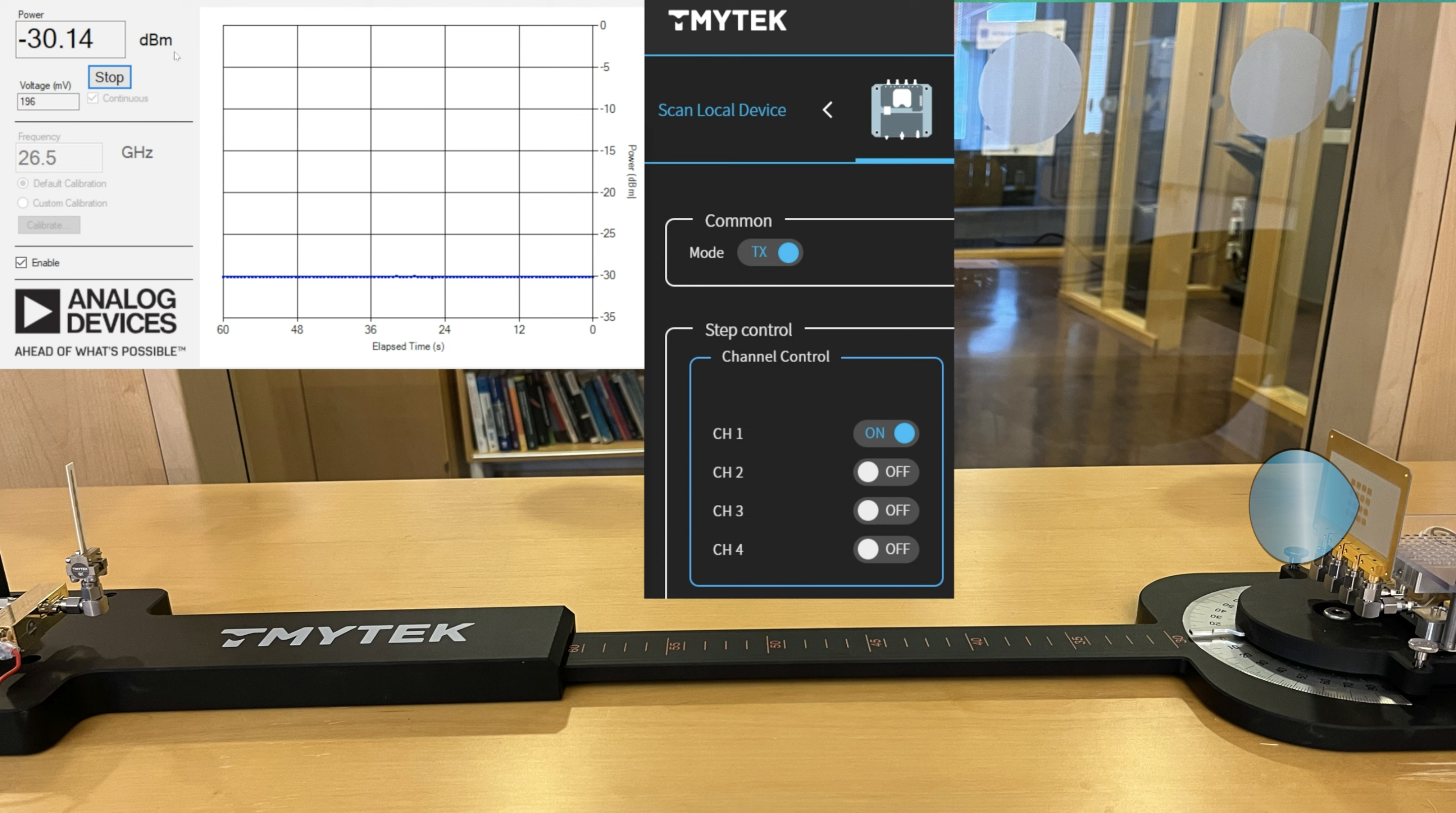 Image 4. The experiment setup and environment (screenshot from Prof. Björnson’s video)
Image 4. The experiment setup and environment (screenshot from Prof. Björnson’s video)In the experiment, the total transmit power is adjusted by changing the number of active antenna array inputs. Starting with a single active input yields a signal power of -30 dBm at 26.5 GHz. Additional active channels incrementally boost received power: -25.42 dBm for two, -22.55 dBm for three, and -20.04 dBm for all four channels.
The experiment demonstrates that activating more RF channels of the beamformer increases received power due to enhanced antenna array directivity and more transmit power. This leads to a stronger, more focused signal, with power rising from -30 dBm to -20.04 dBm. Theoretically, four times the directivity and four times the RF channel power should deliver a 44=16 times or 12 dB power increase. The 10 dB result in this experiment is likely caused by environmental factors.
Conclusion:
Beamforming and directivity are essential concepts in mmWave communication. By using antenna arrays and transmitting signals from multiple elements simultaneously, mmWave systems can achieve focused, high-power transmissions towards the receiver. Professor Emil Björnson's experimental demonstrations provide valuable insights into the theory and practical applications of beamforming in mmWave communications. This is the first video in a five-part series featuring Prof. Björnson's. . Stay tuned for future videos that will delve deeper into beamforming and highlight how the TMYTEK Developer Kit aids engineers in learning and exploring the intricacies of beamforming. With Prof. Björnson as your guide, you'll gain valuable knowledge and practical insights into the world of beamforming.
The TMYTEK Developer Kit and Labsheet
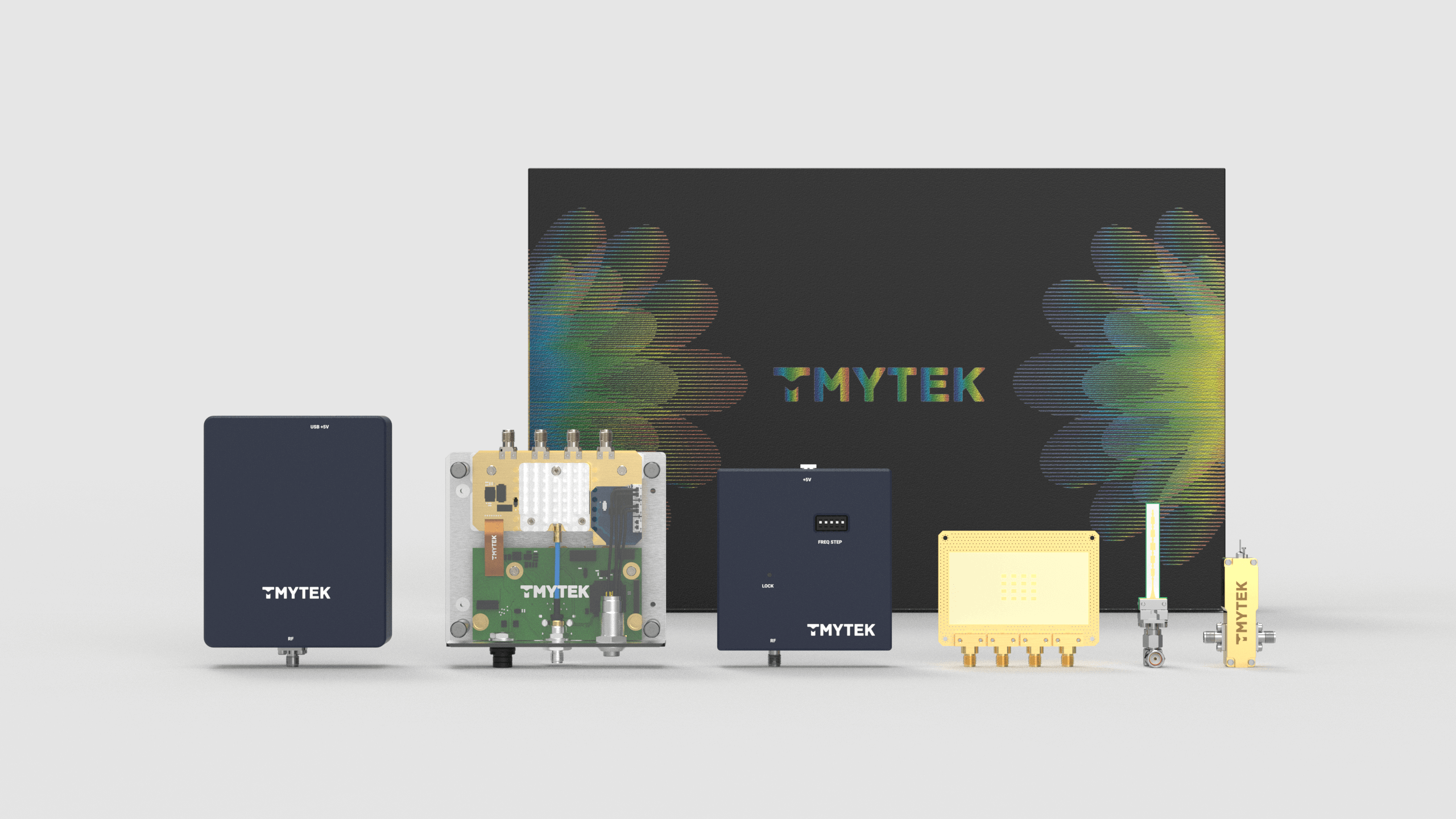
The TMYTEK Developer Kit is a comprehensive tool that combines hardware and software for developers to explore and implement 5G mmWave technology. It serves as an educational platform and facilitates R&D activities, making it an ideal solution for learning and experimenting with advanced antenna technologies.
In addition to the Developer Kit, TMYTEK provides a series of labsheets specifically designed to enhance the learning experience. These labsheets serve as valuable guides for users, professors, and students utilizing the TMYTEK Developer Kit to conduct 5G mmWave experiments. By providing step-by-step instructions and practical insights, the labsheets enable users to effectively apply their knowledge and conduct hands-on experiments in the field of 5G mmWave technology.

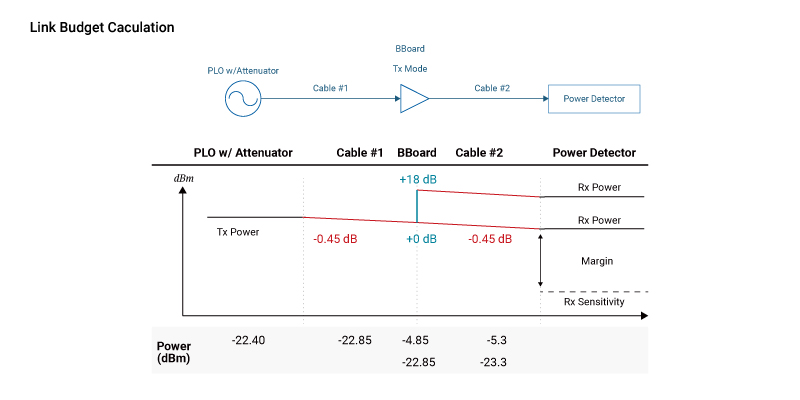
In "Lab 2: What is channel gain?" engineers can learn to calculate the link budget and evaluate wireless communication systems, enabling them to assess signal strength, receiver sensitivity, and determine the achievable distance.
➭ Interested in the TMYTEK Dev Kit and labsheets for your 5G class? Feel free to contact us at sales@tmytek.com